The Bauhaus School was one of the most influential art and design schools in the 20th century. It existed in three cities: Weimar (1919–1925), Dessau (1925–1932) and Berlin (1932–1933) where it eventually closed due to political pressure from the Nazis. Its overarching vision was to put art in contact with everyday life. The Bauhaus presented a new academic approach by replacing the traditional teacher-student model with the idea of a community or union of artists working together for a unified purpose. Following is a brief taste of photography and the Bauhaus School.
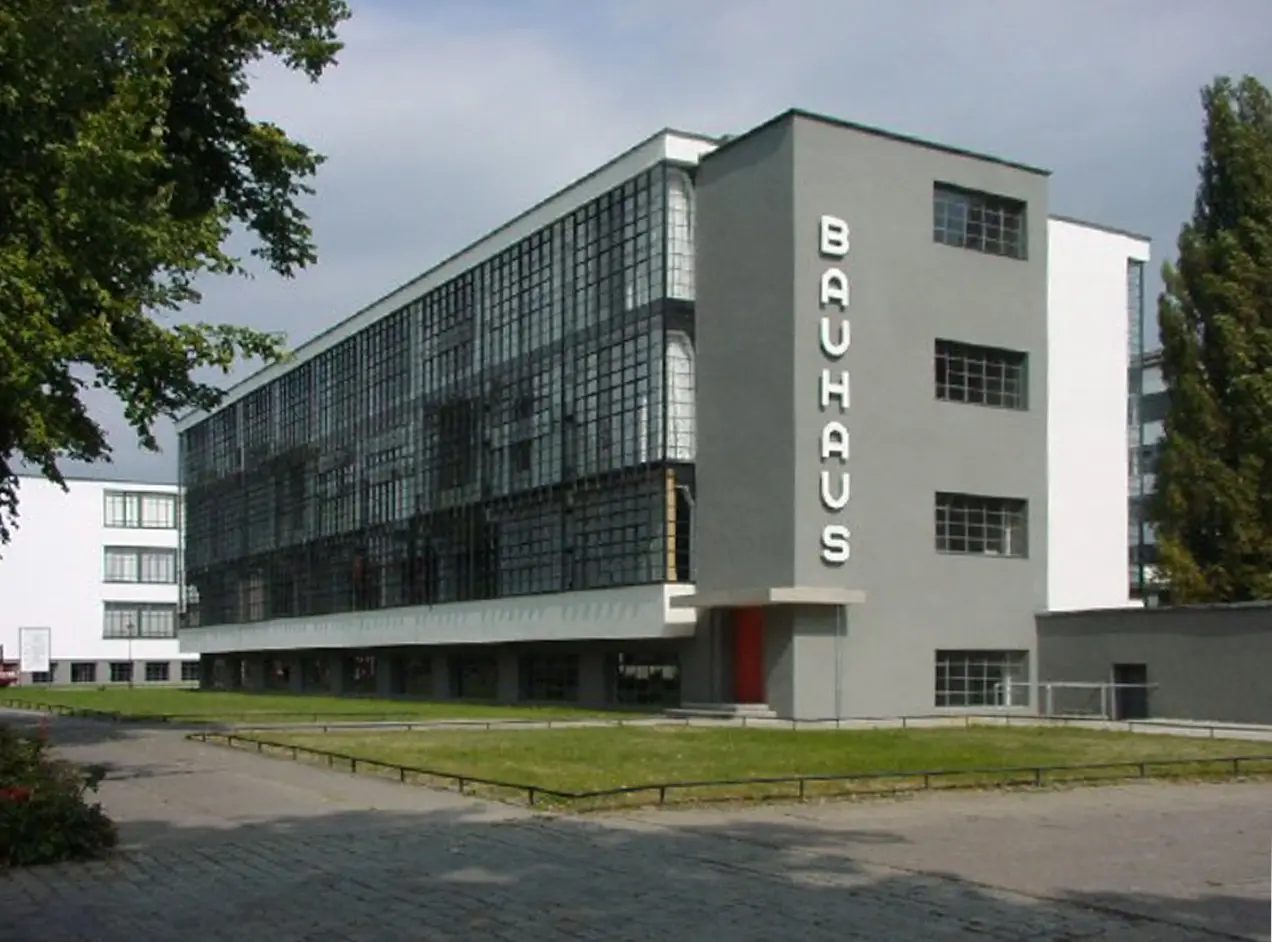
Photography And A View Of The Modern World
The Bauhaus School had an impact on art, architecture, graphic design, interior design, industrial design, and typography, but it also influenced photography. Photography, while a relatively new medium, reflected the teachings of the Bauhaus as a new technology in the new world – the Bauhaus thus impacted photography aesthetics and techniques.
The photography department of the school was a place where celebrated artists including László Moholy-Nagy and Walter Peterhans encouraged students and artists to use their cameras for imagining new worlds.
Photography was an excellent form of expression for the modernizing society of the twentieth century. Avant-garde artists embraced the medium as the ideal way to defy visual statements. Photography offered the possibility of an objective visual mode with which to contrast the subjective psychological intensity of expressionism. These two aesthetic postures became known as the “Nueue Optik” (New Vision) and the “Neue Sachlichkeit” (New Objectivity). Even though photography was not part of the Bauhaus until 1929, its inclusion helped the dynamism of the medium. The main catalyst of this event was the arrival of László Moholy-Nagy.
Moving Photography From Documentation to Art
During the Weimar era, photography was initially used as a documentation and publication tool before it was established as an artistic field of experimentation, ranging from the photogram to the photo collage. Photography became an official artistic mode in 1929 when it was integrated into the advertising workshop. Before this, photography was just a tool used by the school for documenting the objects and products created by the Bauhaus. Photography became a subject of study ten years after the school's foundation.
László Moholy-Nagy (1895 – 1946)

Moholy-Nagy was the cornerstone of avant-garde photography at the Bauhaus. He was a prolific artist, innovative not only in the photography field but also in sculpture, painting, printing and industrial design. He was the most influential photographer of the German avant-garde despite the fact that he was not German but Hungarian by birth. He believed that photography offered a universal visual language, suited to the advancing needs of modern society.
Moholy-Nagy created several still life compositions that showed the unique possibilities of photography. The images of everyday objects seen through the glass became a recurring theme, along with the frames and the superposition, as they made direct reference to the glass plate negatives used inside the camera. You can see some of his work here.
He is acquainted with the term “photogram” which produced images by placing objects on photographic paper and exposing them to light. This was similar to the more popular technique “Rayographs” used by Man-Ray.
Walter Peterhans (1897 – 1960)
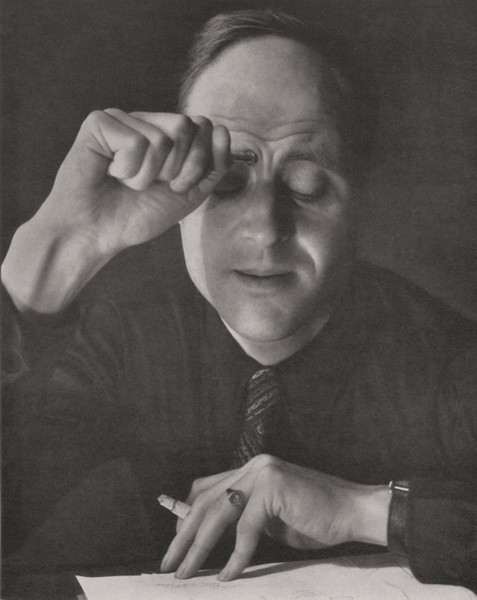
Peterhans was a German photographer best known for teaching and leading the photography course at the Bauhaus School from 1929 until 1933. He primarily produced still-life images and photographs of objects, as well as some portraits. He focused his vision on capturing the materiality (properties and surface) of his subjects.
Peterhans not only taught photographic theory and practice but also encouraged a precise focus on the shapes and textures of arranged objects. He was known for bringing out the smallest nuances of every object by using meticulous lighting settings which gave his images an almost “magical effect”. He ended the experimental phase of photography at the Bauhaus, with institutionalized teaching taking its place.
Lux Feininger (1910 – 2011)
Feininger was the son of the painter Lyonel Feininger. Besides having such a cool name that literally is associated with the measurement of light, he was known for his constant companion – the camera. His most iconic image is known as “Charleston on the Bauhaus Roof“, which shows two musicians executing an exuberant performance at the roof of the School. His photographs captured the dramatic instant that perfectly expresses the youthful verve and spirited freedom of student life.
Lucia Moholy (1894 – 1989)
Moholy's photography centered on the documentation of architecture and products of the Bauhaus. She was the wife of László Moholy-Nagy and together they experimented with different processes in the darkroom such as the photogram. They published together, but unfortunately, much of the experimentations that the couple did were solely credited to László.
Other Artists Associated with the Bauhaus or its Aesthetic
If this very brief overview on the Bauhaus and the aesthetic of the time interests you, then it is worth noting the artists below:
- Alexander Rodchenko (1891 – 1956)
- Josef Albers (1888 – 1976)
- Gyula Pap (1899 – 1983)
- Andreas Feininger (1906 – 1999)
- Theo Ballmer (1902 – 1965)
- Herbert Bayer (1900 – 1985)
- Wassily Kandinsky (1866 – 1944)
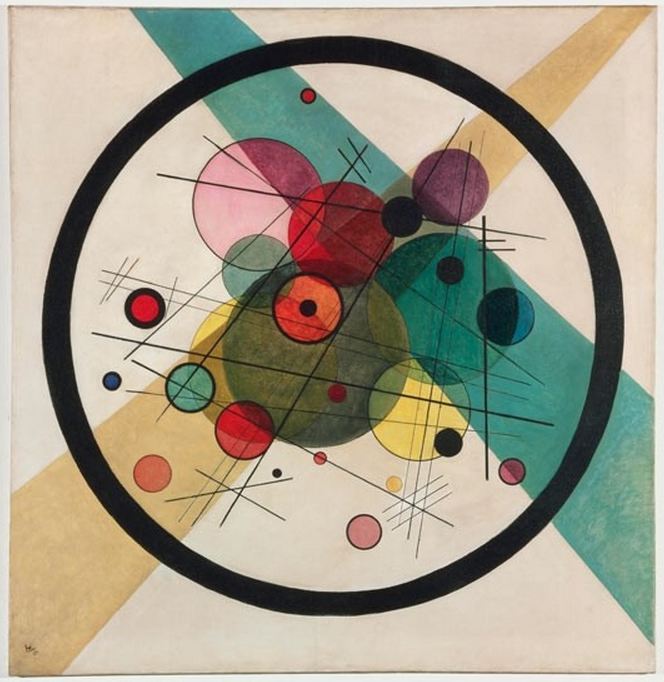
Finally, if you love the modern aesthetic, you should watch the movie “Man with a Movie Camera – 1929” from Russian moviemaker Дзига Вертов (Dziga Vertov). While his work is not attributed to the School, the aesthetic is comparable and makes it a must-see.





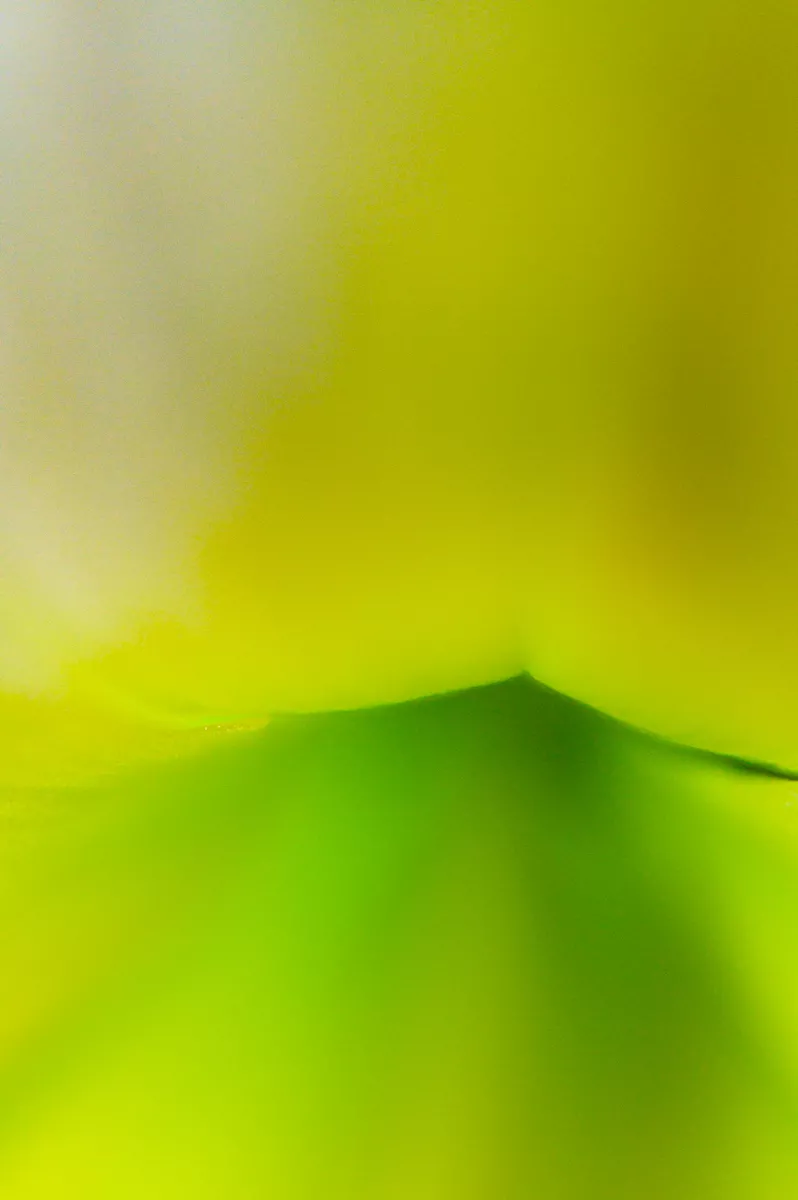
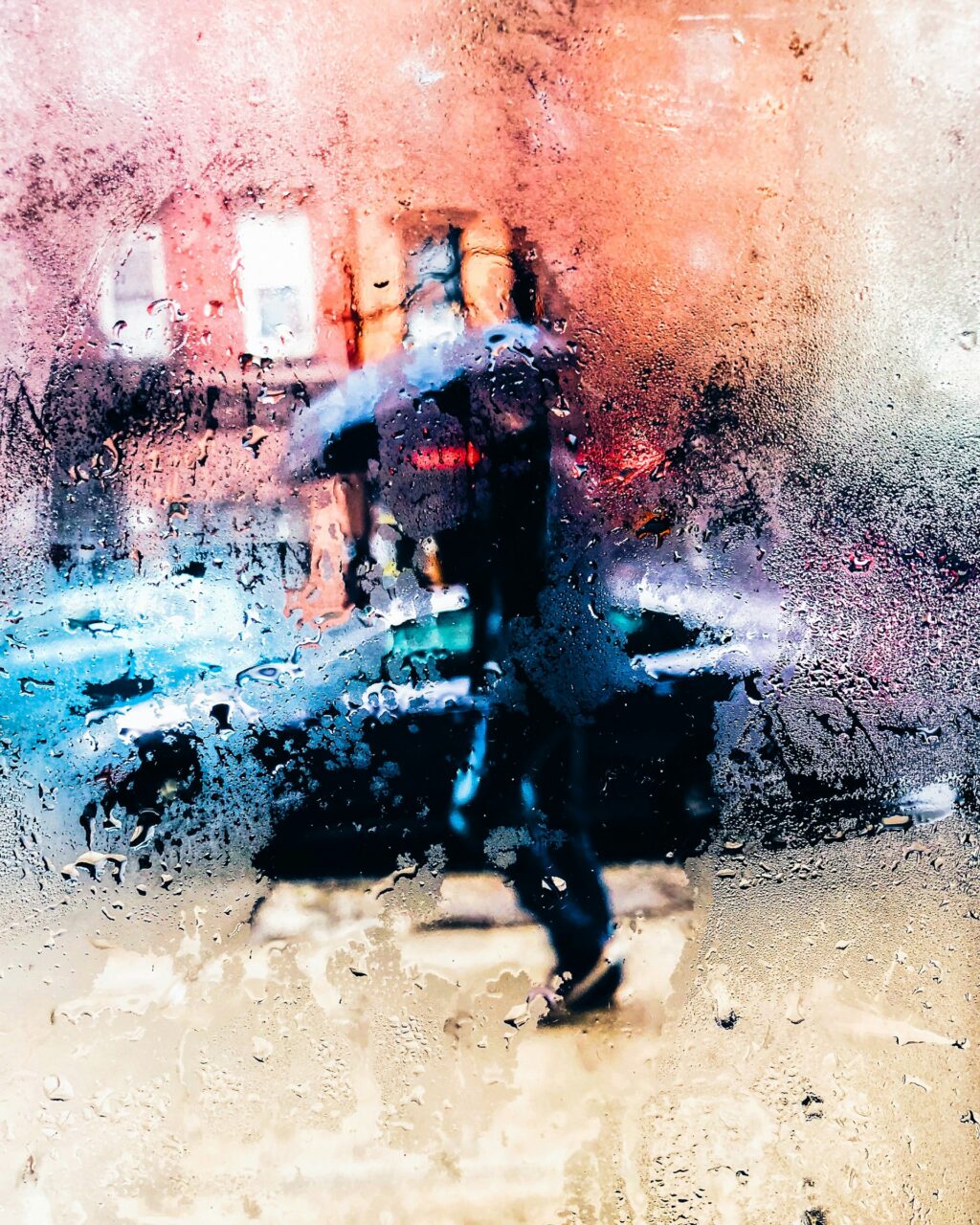
2 Comments
also the Bauhaus connected or affiliated architects are worth mentioning here since they inspired architecture photography more than other architects have done since;
Walter Gropius ; Mies van der Rohe and Marcel Breur;
The ideas that are common to Bauhaus were constantly transformed and depended on the activities and views of key figures developing this trend. However, it is possible to trace the general concept, which concerned functionality. It consisted in the design of aesthetic, practical and accessible objects. Another important feature was accessibility, because all created objects were intended for the masses. The overall aesthetic concept was the rigor, simplicity and convenience of architectural and design forms. The main ideas, Bauhaus borrowed from the styles Modern and Functionalism. It combined the idea of satisfying individual needs and found their embodiment both in private design and in large-scale architectural projects. The attitude towards the style of the Bauhaus changed radically, depending on the prevailing ideology and political moods. In the era of the Third Reich, German ideologists called this style “the art of the Soviets. In Germany and in the US it was called the “icon of modernism” until the 1960. Since the mid-1960’s on the territory of the GDR, the Bauhaus school was declared a cultural heritage of the country. During my day with https://wedohomework.net/, our office was build in Bauhaus style. And I can say that it is truly a piece of art. So simple and so peaceful.